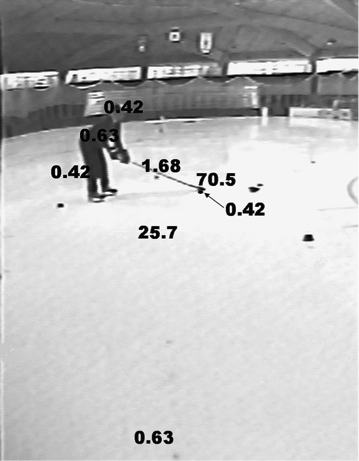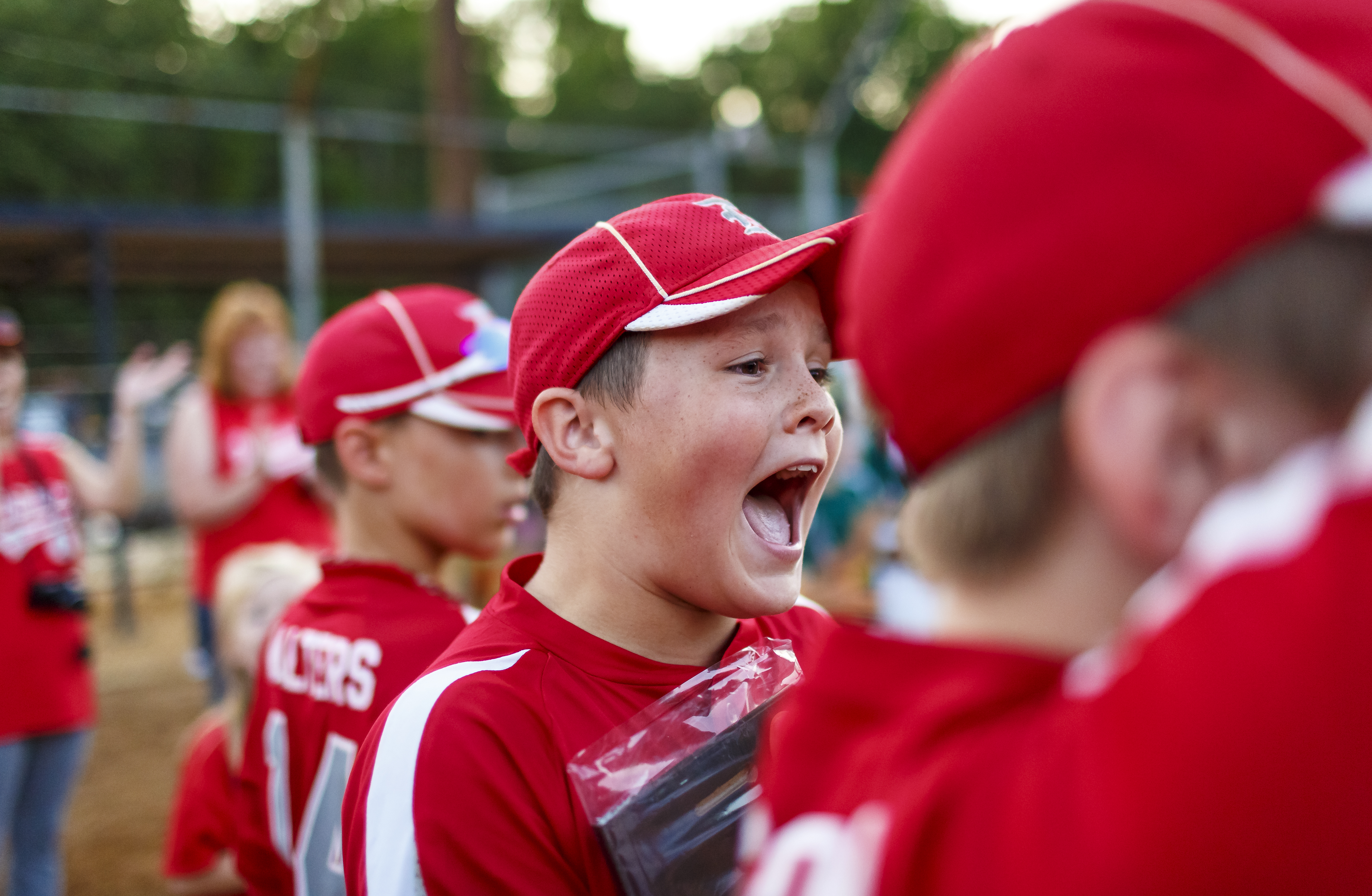The Intriguing Relationship Between Fitness, Brain Structure and Math Scores
By Dan Peterson, TeamSnap's Sports Science Expert
In an interesting and frustrating Catch-22, school administrators, in an effort to raise standardized math test scores among their students, often decrease physical education and recess time to keep the kids in the classroom longer. However, several recent research studies have shown that students who are more fit perform better in school. So, reducing their opportunities to move and be active so they can spend more time learning math could indirectly be slowing down their learning. In fact, psychology researchers at the University of Illinois have recently shown a relationship between fitness, brain structure and math scores.
As children mature and learn, their brain’s outer cortex begins to thin as neural networks become more refined and begin to consolidate. This natural process, also known as “gray-matter thinning”, occurs at different rates depending on several different variables.
"Gray-matter loss during child development is part of healthy maturation," said Laura Chaddock-Heyman PhD, a post-doctoral researcher at Illinois. "Gray-matter thinning is the sculpting of a fully formed, healthy brain. The theory is that the brain is pruning away unnecessary connections and strengthening useful connections."
“Given evidence that aerobic fitness is associated with specific measures of brain health and cognition during child development, we predicted that individual differences in aerobic fitness would be associated with cortical thickness, which would in turn be related to academic performance.”
So, along with Art Kramer, PhD, director of Illinois’ Beckman Institute for Science and Technology and Charles Hillman, PhD, kinesiology and community health professor, Dr. Chaddock-Heyman first tested the aerobic fitness of 48 kids, aged 9 to 10, on a treadmill. Half of the group was above the 70th percentile for cardiovascular fitness while the other half was below the 30th percentile of their age group peers.
Next, the researchers used fMRI to image all of the students’ brains, so cortical thickness could be measured. Finally, both groups completed the Wide Range Achievement Test-3, which tests their spelling, reading and math skills.
As expected, the results showed that the more fit kids had thinner gray matter layers and also performed better in math than the less fit kids. No difference was found for spelling or reading scores.
"We show, for the first time, that aerobic fitness may play a role in this cortical thinning," said Dr. Chaddock-Heyman. "In particular, we find that higher-fit 9- and 10-year-olds show a decrease in gray-matter thickness in some areas known to change with development, specifically in the frontal, temporal and occipital lobes of the brain."
The implication for school districts is to encourage fitness among their students which requires dedicated time during the school day to exercise and move.
"These findings arrive at an important time,” said Dr. Hillman. “Physical activity opportunities during the school day are being reduced or eliminated in response to mandates for increased academic time. Given that rates of physical inactivity are rising, there is an increased need to promote physical activity. Schools are the best institutions to implement such health behavior practices, due to the number of children they reach on a daily basis."
While the research showed a relationship between fitness, cortical thickness and math performance, the exact order of occurrence needs to be confirmed.
"An important next step in this research is to establish a causal relationship between brain changes, changes in physical fitness and changes in cognition and school achievement -- something we are currently doing with a longitudinal study of children participating in a physical activity training program," said Dr. Kramer.
In the meantime, if your young student isn’t getting enough play in their school day, be sure to get them plenty of time outdoors once they get off the bus.
NEW! Free Sports Organization Resources
All of TeamSnap's ebooks, articles, and stories in one place. Access Now
Similar Articles:

Teaching Young Goalies To Watch The Puck
By Dan Peterson, TeamSnap's Sports Science Expert. “Watch…
Read More

Two-Minute Activity Breaks Help Students Get Moving During The School Day
By Dan Peterson, TeamSnap's Sports Science Expert …
Read More

Teens Get Less Than 30 Minutes of Daily Exercise at High School
By Dan Peterson, TeamSnap's Sports Science Expert …
Read More
